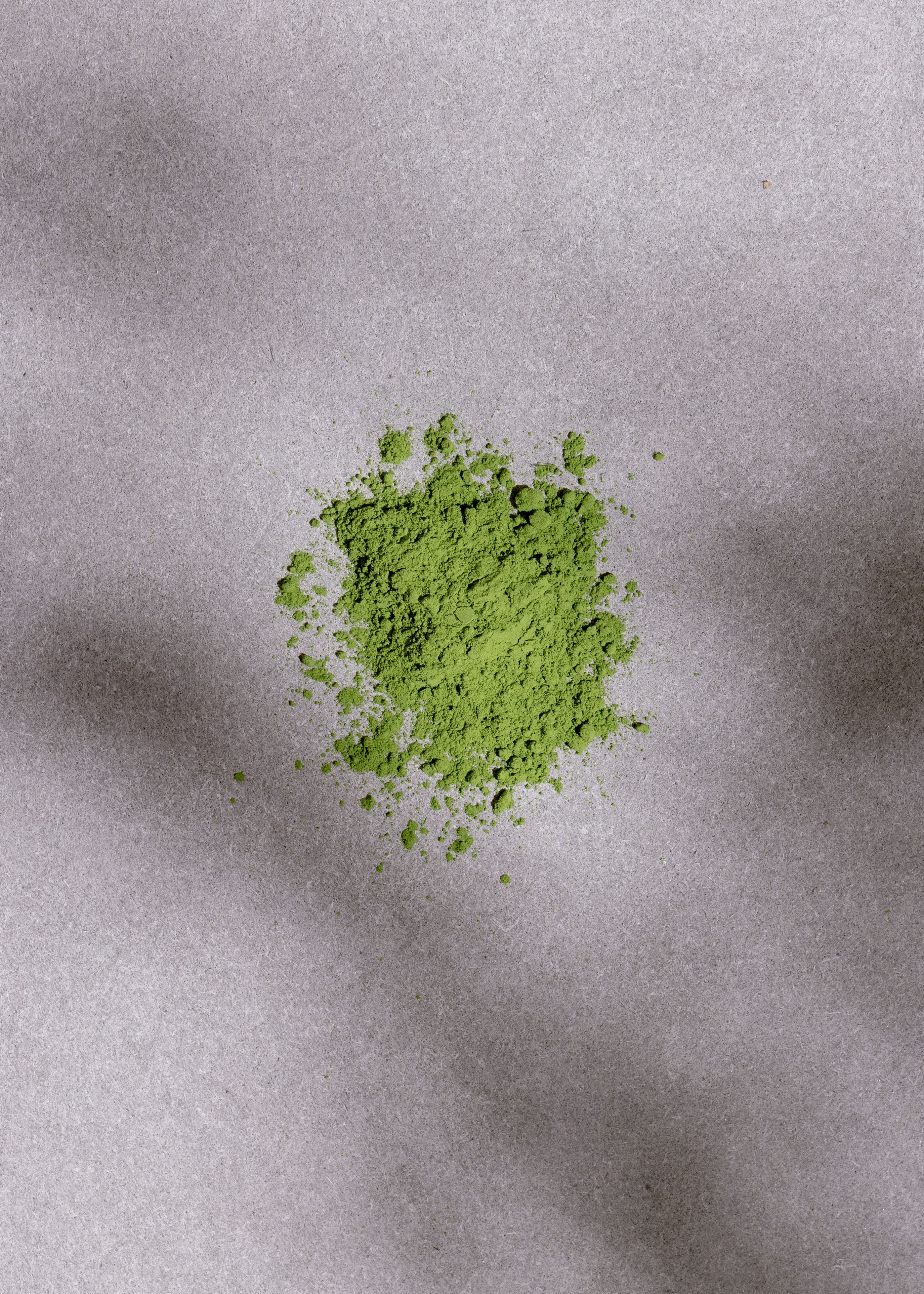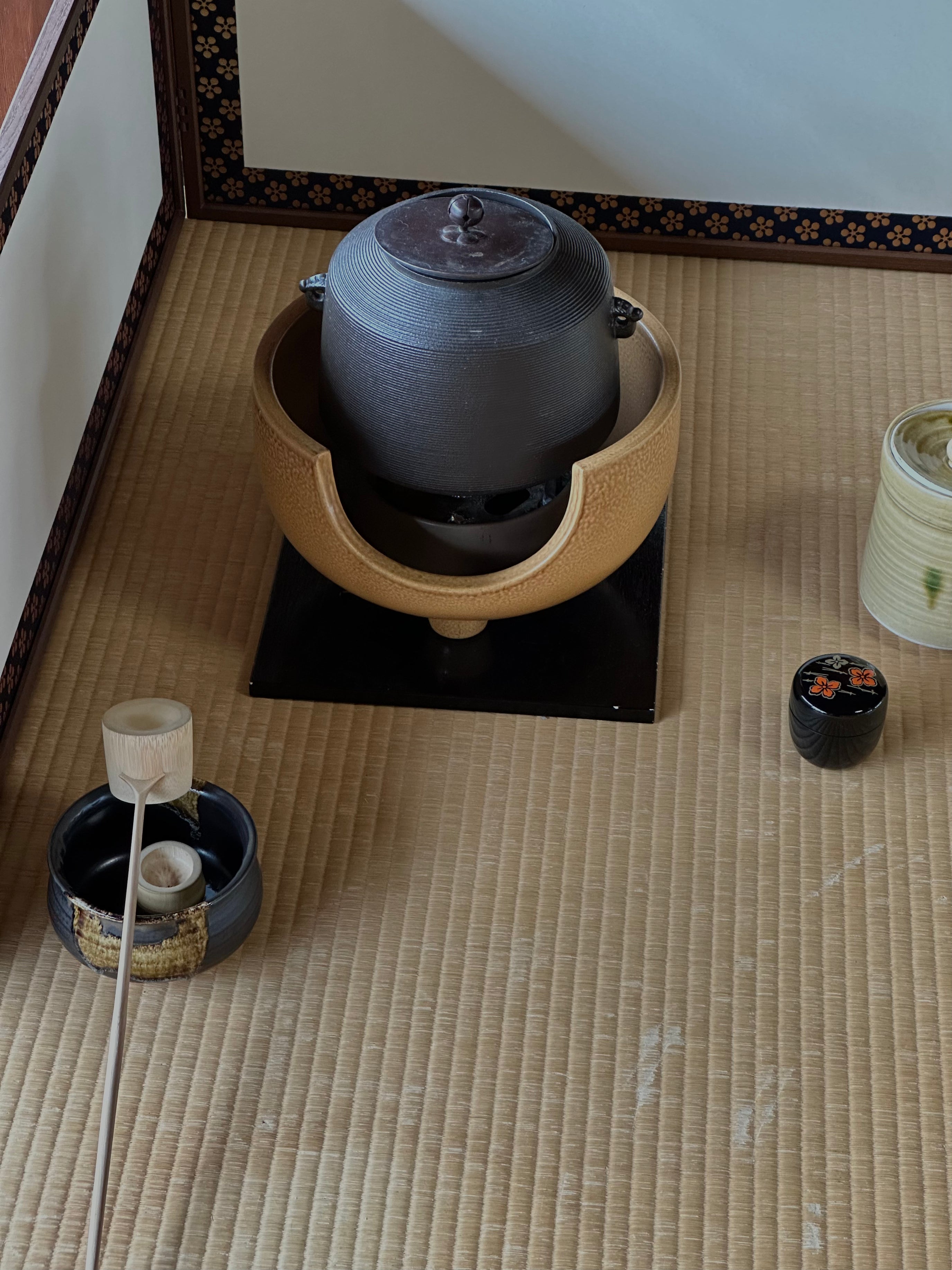
What is Matcha
Matcha is a finely ground green tea powder made from specially shade-grown leaves called tencha leaves. Unlike regular green tea, where the leaves are steeped and removed, matcha is whisked into water and fully consumed, making it more concentrated in both flavor and nutrients.
To create matcha, the youngest, most tender leaves are picked, steamed to lock in color and freshness, then gently dried, de-stemmed, and stone-milled into a vibrant green powder. Growing the tea plants in shade before harvest boosts their chlorophyll and L-theanine, a calming amino acid that gives matcha its signature balance of focused energy and grounded calm.
Historically matcha has been used by Zen Buddhist monks to help concentrate during long meditation sessions

While matcha is often seen as a modern beverage in cafés today, its roots run deep in ancient Japan. The method of cultivating matcha was first developed by Buddhist monks who, after traveling to China, brought green tea seeds back to Japan. Over time, matcha became a central part of Japanese culture. One Zen student went on to create the Japanese tea ceremony: a practice that continues to honor the mindful, ritualistic nature of matcha to this day.
Despite its growing popularity around the world, the true spirit of matcha remains closely tied to its origins.
